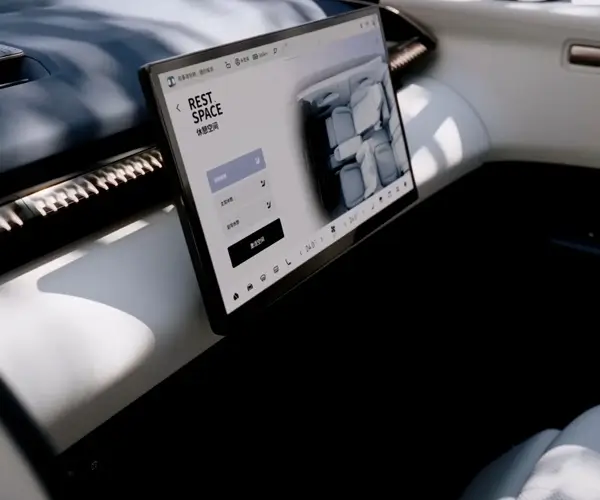A servomotor, or servo motor, is one of those essential yet often overlooked components in a range of mechanical systems. Whether you're working with robotics, CNC machines, or even advanced automotive systems, these little machines are everywhere, making things move with precision. So, what exactly is a servomotor, and how does it work?

A servomotor is a type of electric motor that provides precise control of angular position, velocity, and acceleration. Unlike regular motors, which simply spin continuously, servos are capable of rotating to a specific angle or position. They do this using feedback systems to ensure the motor’s movement is exact. This feedback mechanism is typically achieved through an integrated sensor that provides real-time information about the motor’s position. The motor then adjusts itself accordingly, achieving accuracy that’s often within a fraction of a degree.
Now, how does it actually work in practice? Imagine a robotic arm picking up a fragile object. The servo motor in the arm needs to move exactly to a specific angle to avoid damaging the object. It can’t just spin wildly or move too slowly—it needs to reach the correct position and hold it steady. The motor receives a signal indicating the desired angle, and the feedback loop kicks in. The sensor constantly checks the arm’s position and sends this data back to the controller. If the arm isn’t in the right spot, the controller adjusts the motor’s power until it is.
One of the standout features of servomotors is their versatility. They're commonly used in industries like manufacturing, where precise movements are necessary. For instance, in a CNC machine, the servos ensure that the cutting tool moves exactly where it needs to, ensuring high-quality and consistent results. Similarly, in robotics, they provide the precision needed to replicate human-like movements.
However, not all servos are created equal. There are different types of servomotors, with the most common being AC and DC servos. AC servos are typically used in situations where high power and efficiency are needed, like industrial machinery. DC servos, on the other hand, are great for smaller, more compact systems, where space is at a premium.
Let’s not forget the importance of torque in servos. Torque is the rotational force the motor can apply. For example, in a drone, a servo motor might need to exert just the right amount of torque to control the wings and stabilize flight. Too much torque could lead to instability, while too little might not provide enough control.
When selecting a servomotor, there are a few factors to keep in mind. First, consider the size and weight of your system. A small, lightweight system might only need a smaller servo, while a larger machine will require more power and torque. Also, consider how much precision is required for your task. For example, some applications need extremely tight tolerances, so the servo’s ability to maintain that level of precision is crucial.
In many ways, the beauty of servomotors lies in their simplicity and precision. They’re not just components but the heart of many devices that make our daily lives more efficient and effective. Whether it’s in a robot arm assembling electronics or in your car's power steering system, servomotors are everywhere, making the world a little more accurate, one turn at a time.
Established in 2005, Kpower has been dedicated to a professional compact motion unit manufacturer, headquartered in Dongguan, Guangdong Province, China. Leveraging innovations in modular drive technology, Kpower integrates high-performance motors, precision reducers, and multi-protocol control systems to provide efficient and customized smart drive system solutions. Kpower has delivered professional drive system solutions to over 500 enterprise clients globally with products covering various fields such as Smart Home Systems, Automatic Electronics, Robotics, Precision Agriculture, Drones, and Industrial Automation.




































